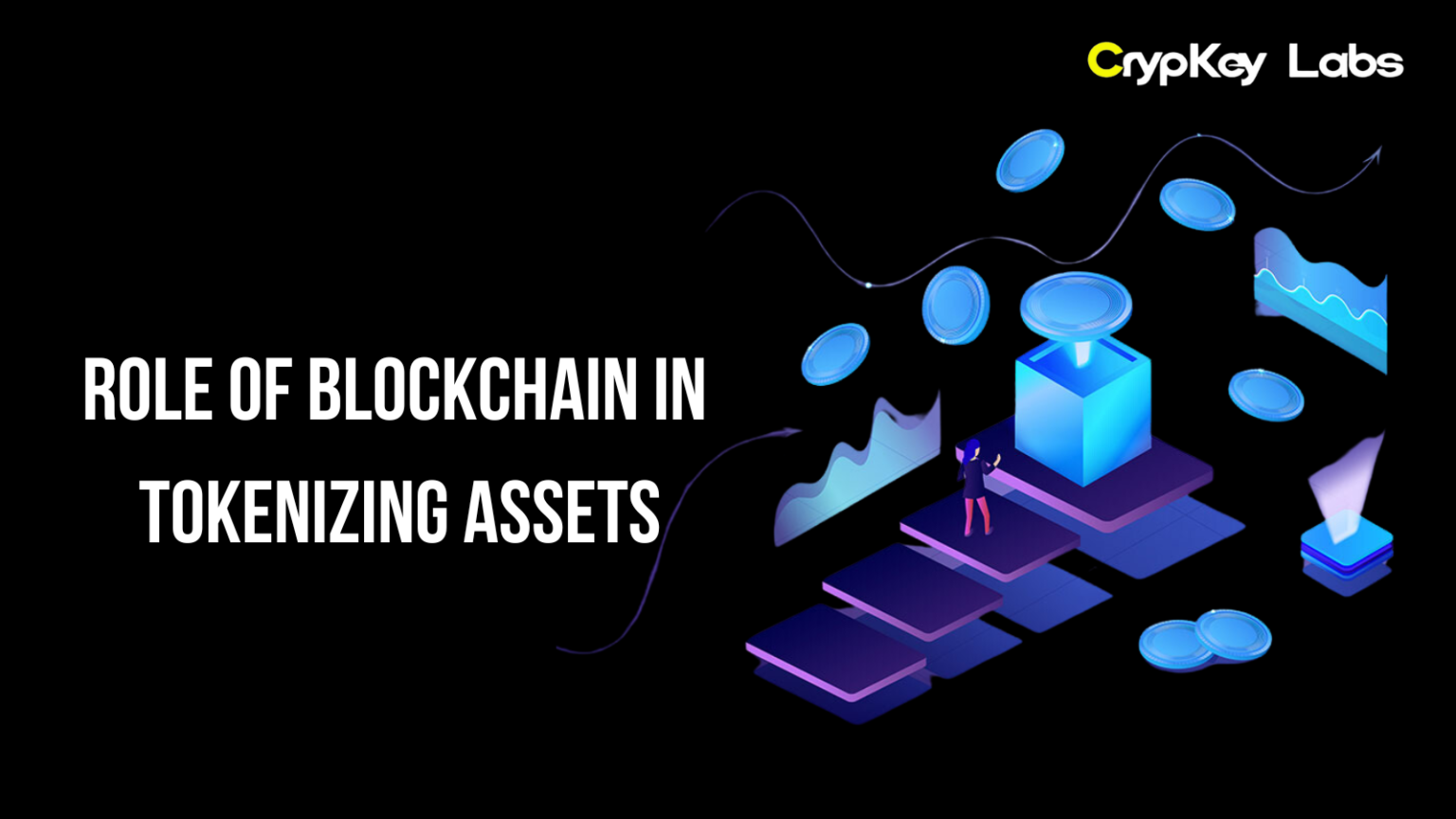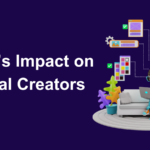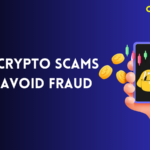If you’ve been following developments in blockchain technology, you’ve probably heard about asset tokenization. But what exactly does it mean? And why is it creating so much buzz? In this blog, we’ll explore how blockchain is playing a crucial role in the tokenization of assets—a game-changing concept that is opening up exciting possibilities in finance, real estate, art, and beyond.
Asset tokenization is the process of converting ownership rights of real-world assets into digital tokens using blockchain. These tokens can then be easily traded, fractionalized, and transferred globally. But why is this such a big deal? Let’s dive in and find out.
What is Tokenization?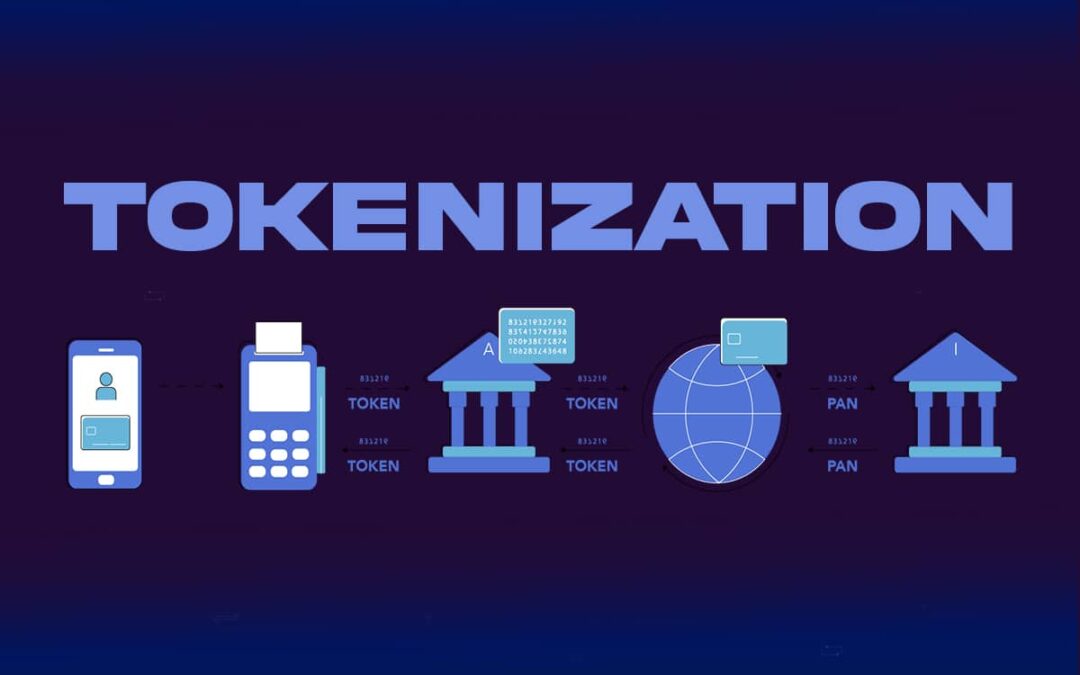
To understand blockchain’s role, we first need to break down what tokenization actually means. Simply put, tokenization is the process of converting ownership or rights to a particular asset into a digital token on a blockchain. These tokens represent some form of ownership over that asset, whether it’s a physical one like real estate or a financial one like stocks.
For example, imagine owning a slice of a luxury apartment in New York or a portion of a rare piece of artwork without physically holding or managing them. Tokenization makes this possible by representing assets in digital form, enabling easy trade, fractional ownership, and increased liquidity.
Examples of Tokenized Assets
- Real Estate: From high-rise apartments to commercial properties, tokenizing real estate allows for fractional ownership, making high-value properties accessible to more financiers.
- Stocks: Equity shares can be tokenized, providing more flexibility and access for financiers around the globe.
- Art and Collectibles: Tokenizing high-value art pieces or collectibles allows for fractional ownership, giving more people the opportunity to capitalize.
Tokenization is transforming how assets are viewed and traded. But how does blockchain play a role in this?
How Blockchain Facilitates Tokenization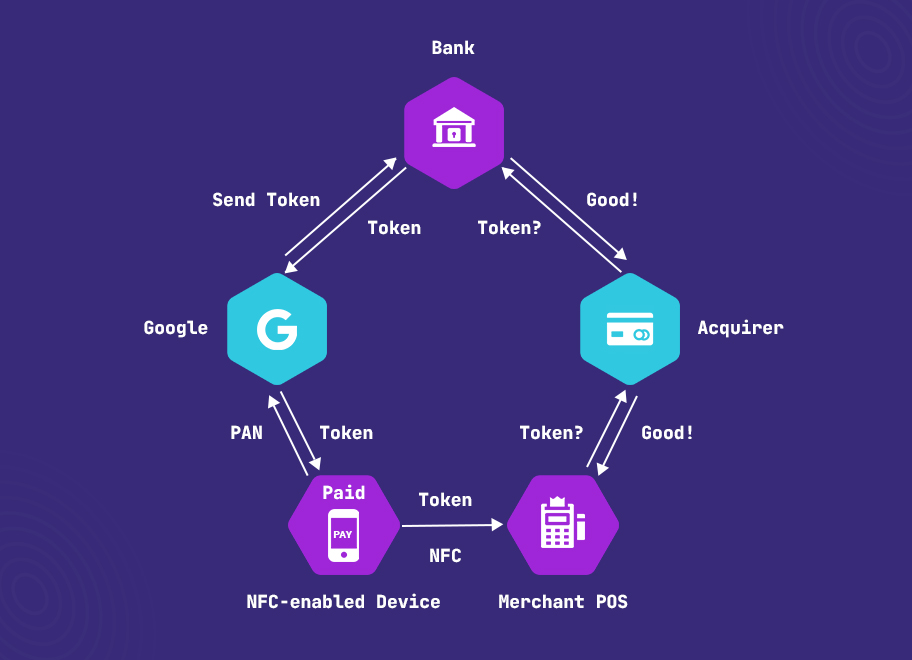
Blockchain is at the heart of asset tokenization. But why? Let’s break it down.
Blockchain’s Key Features
Blockchain technology provides a decentralized ledger that is secure, transparent, and immutable. When an asset is tokenized on the blockchain, it benefits from these features:
- Security: Blockchain’s encryption and distributed nature make it difficult to hack or tamper with.
- Transparency: All transactions are recorded on the blockchain and are easily verifiable.
- Decentralization: No single entity controls the blockchain, meaning no centralized authority can manipulate the tokenized assets.
Smart Contracts and Tokenization
One of the standout features of blockchain technology is smart contracts. These are self-executing contracts with terms written directly into code. Smart contracts automate processes and ensure that transactions occur when pre-determined conditions are met.
In the context of tokenization, smart contracts make the transfer of assets secure, seamless, and automatic. For instance, when a real estate token is sold, a smart contract can automatically transfer ownership rights to the buyer and the funds to the seller without needing intermediaries like banks or legal firms.
Types of Tokenized Assets
When discussing asset tokenization, it’s essential to understand the two primary categories: fungible and non-fungible tokens.
Fungible Tokens
Fungible tokens are assets that are interchangeable. Think of them like shares of a company—each share has the same value and can be exchanged for another share of equal value. Examples include:
- Equity Tokens: Represent shares in a company.
- Stablecoins: Represent traditional currencies like USD but in a digital form.
Non-Fungible Tokens (NFTs)
Non-fungible tokens (NFTs), on the other hand, represent unique assets that cannot be interchanged on a one-to-one basis. Each token is distinct. Examples include:
- Art and Collectibles: Unique works of digital art or limited-edition collectibles.
- Real Estate: Each property is unique, so real estate tokens often fall into this category.
NFTs have gained massive popularity in the digital art world, but they are also used for tokenizing real-world assets like real estate, rare collectibles, and more.
Advantages of Asset Tokenization via Blockchain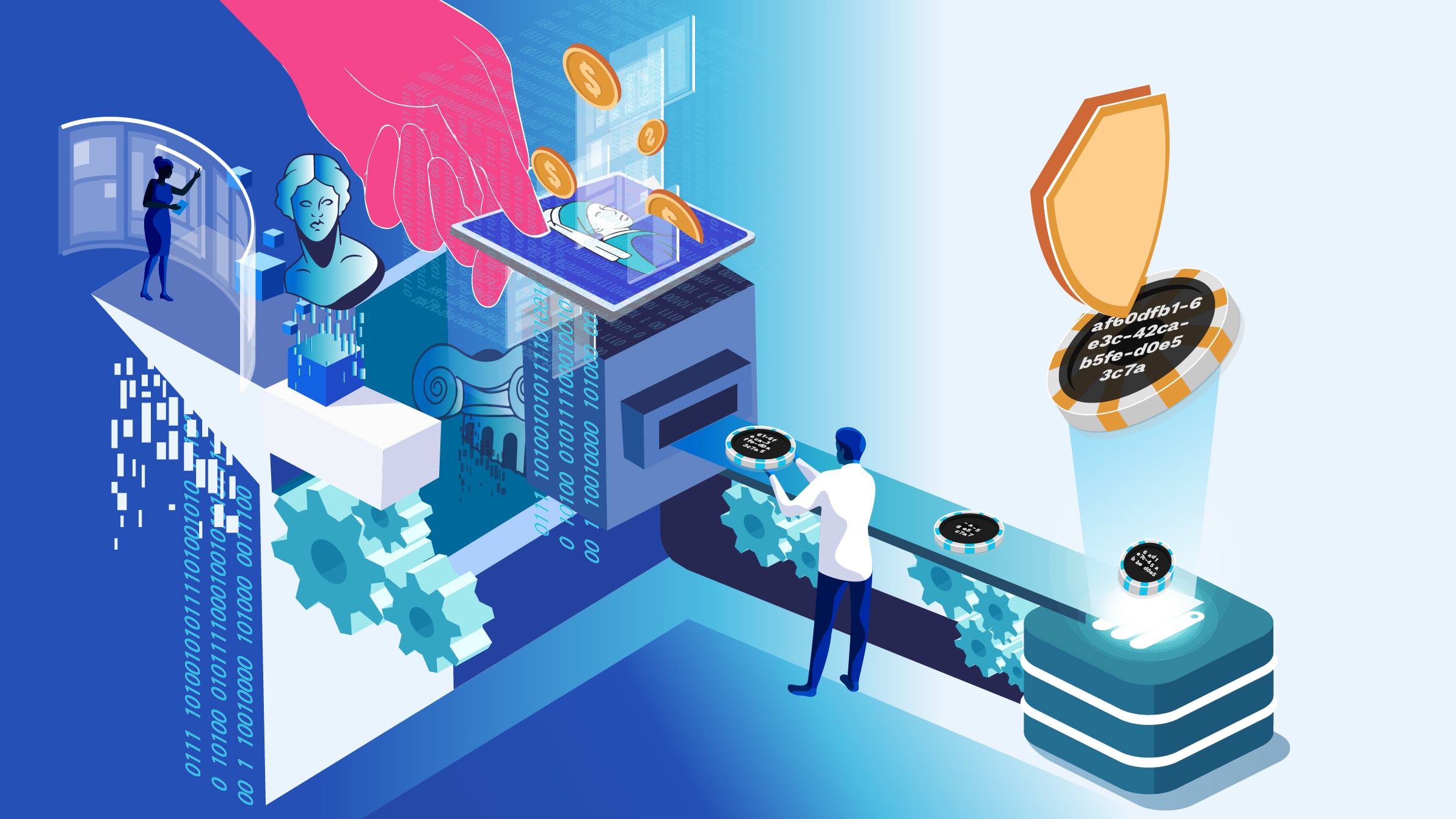
Now that we’ve established the basics of asset tokenization, let’s look at the key advantages of using blockchain to tokenize assets. Why should industries consider this shift?
Liquidity
One of the most significant benefits of tokenizing assets on the blockchain is the increase in liquidity. Traditional assets like real estate, art, or even shares in private companies are often illiquid, meaning they can’t be quickly or easily sold for cash. Tokenization, however, creates liquidity by allowing these assets to be bought and sold in the form of tokens on global digital markets.
Think of it like this: instead of waiting months to sell a house, you could sell portions of it to different financier almost instantly!
Fractional Ownership
Not everyone can afford to get a million-dollar painting or put in a luxury skyscraper. Tokenization enables fractional ownership, allowing individuals to own smaller shares of expensive assets. This democratizes funding opportunities, giving more people access to high-value assets previously only available to the wealthy.
Wouldn’t you like to own a portion of a luxury condo or a world-class piece of art without needing millions of dollars?
Global Access
Because tokenized assets are stored and traded on blockchain networks, they’re accessible to anyone with an internet connection. Traditional barriers like geography and local market regulations are significantly reduced. Financier in Asia can own a portion of real estate in Europe or America without being physically present.
Transparency and Security
Blockchain provides transparent and secure records of asset ownership and transactions. This significantly reduces the risk of fraud and misrepresentation, making transactions more trustworthy.
Wouldn’t it be great if every transaction you made was verifiable and couldn’t be altered by anyone?
Use Cases of Blockchain in Asset Tokenization
The applications of asset tokenization are diverse and growing every day. Let’s look at some prominent use cases where blockchain is making waves.
Real Estate
Real estate is one of the largest and most promising sectors for tokenization. Tokenizing property allows for easier buying, selling, and fractional ownership, significantly increasing liquidity in a traditionally illiquid market. Platforms like RealT and Propy are already leveraging blockchain to tokenize real estate properties worldwide.
Art and Collectibles
The art world has seen a massive transformation with the rise of NFTs (non-fungible tokens). High-value art pieces can now be tokenized, making it possible for financeir to own a fraction of a painting or digital artwork. Projects like Artory are working to tokenize art and collectibles, ensuring authenticity and provenance.
Stock Market (Security Tokens)
Tokenizing equity shares through security tokens opens up new possibilities for financier. It allows for faster settlement times, 24/7 trading, and the ability to trade fractional shares. Security Token Offerings (STOs) are becoming an alternative to traditional stock market listings.
Commodities and Precious Metals
Another emerging use case is the tokenization of commodities like gold, oil, or even agricultural products. For instance, projects like Digix are tokenizing gold, allowing financier to own and trade gold-backed tokens.
Challenges in Tokenizing Assets with Blockchain
While the advantages are significant, tokenizing assets on the blockchain isn’t without its challenges. Here are some of the hurdles the industry is facing.
Regulatory Issues
Tokenizing assets often involves navigating complex regulations, especially when dealing with securities like stocks or real estate. Many jurisdictions still don’t have clear guidelines for how tokenized assets should be treated, which can slow down adoption.
What do you think? Should regulators step in, or should tokenization remain a self-regulated industry?
Technological Barriers
Blockchain technology is still relatively young, and scalability is a major concern. Platforms must handle an increasing number of transactions efficiently without compromising security. Some blockchains struggle with congestion and high fees, which can make asset tokenization costly.
Education
Many people are still unfamiliar with how blockchain works and how tokenized assets differ from traditional ones. For widespread adoption, there’s a need for better education on the risks and benefits associated with financing in tokenized assets.
Future of Asset Tokenization
So, what does the future hold for asset tokenization? Experts predict massive growth in the market, with more industries beginning to tokenize their assets. Real estate, art, commodities, and even intellectual property could be fully tokenized in the next decade.
Blockchain Innovations
We’ll likely see advancements in blockchain technology to address current limitations, such as scalability and interoperability. Cross-chain solutions like Polkadot and Cosmos will enable tokenized assets to be traded seamlessly across different blockchains, further expanding liquidity and access.
Transforming Traditional Industries
Tokenization is set to disrupt industries like finance, real estate, and even entertainment. As tokenized assets become more mainstream, traditional industries will need to adapt to a digital-first world.
Conclusion
In conclusion, blockchain is playing a pivotal role in transforming the way we think about asset ownership and trade. Through tokenization, assets that were once out of reach for the average financier are becoming accessible. Whether you’re interested in real estate, stocks, or art, blockchain opens up a world of possibilities.
What’s your take on the future of asset tokenization? Are you ready to embrace this new wave of digital ownership?

